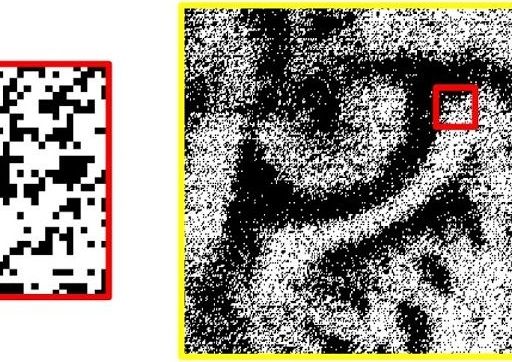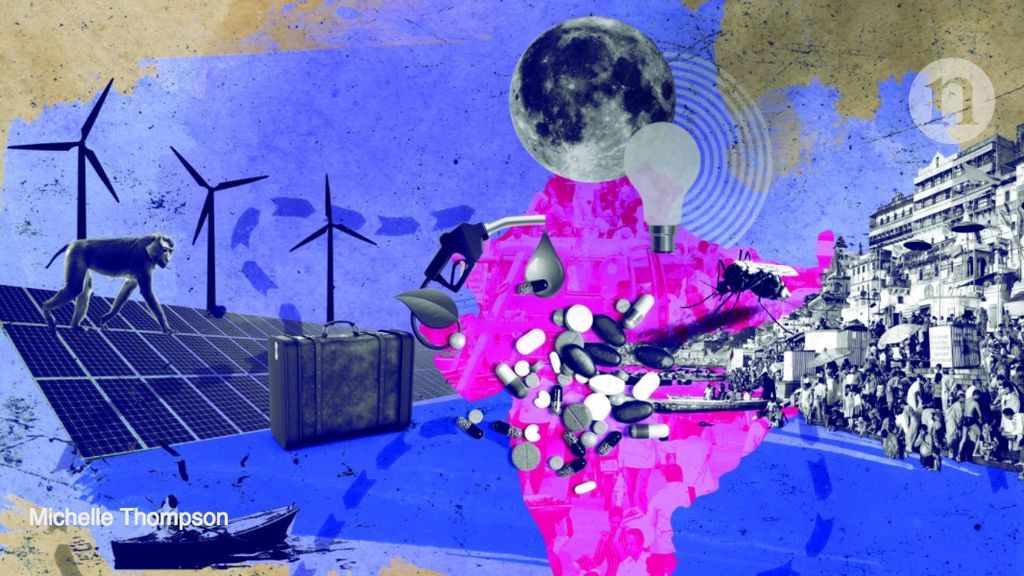Images and screen sizes are increasing in size every year. Here’s what that looks like.



MIT 6.S099: Artificial General Intelligence class takes an engineering approach to exploring possible research paths toward building human-level intelligence. The lectures introduce our current understanding of computational intelligence and ways in which strong AI could possibly be achieved, with insights from deep learning, reinforcement learning, computational neuroscience, robotics, cognitive modeling, psychology, and more.
Ray Kurzweil is one of the world’s leading inventors, thinkers, and futurists, with a thirty-year track record of accurate predictions. Called “the restless genius” by The Wall Street Journaland “the ultimate thinking machine” by Forbes magazine, Kurzweil was selected as one of the top entrepreneurs by Inc. magazine, which described him as the “rightful heir to Thomas Edison.” PBS selected him as one of the “sixteen revolutionaries who made America.”

The dumbing down of society starts.
Because Trump has not nominated someone to head the Office of Science and Technology Policy, Michael Kratsios is the de facto leader.


To achieve this, the government is hoping to find more scientists like Koul, who sees his role as an “opportunity to address bigger social as well as scientific challenges”.
This is a tall order, and there’s an elephant in the room. Government funding for Indian research and development has stagnated at around 0.85% of gross domestic product for more than a decade, compared with at least 3% invested by technologically advanced nations such as Denmark, Japan and Sweden.
A push to reverse its brain drain is providing the expertise to tackle its domestic problems.
Divya Kumar is on the Microsoft Edge team; Tom Westray is on the Virgin Galactic team.
We’ve all stared into the depths of the night sky, identified far off planets, and the Milky Way; but only fewer than 600 people have traveled above and beyond Earth’s atmosphere and into space. At Virgin Galactic, our rocket scientists, engineers and designers from around the world are united in creating something new and lasting that could change that – the world’s first commercial spaceflights for private astronauts and science research. We’re on the edge of a golden age of space exploration, which has the potential to transform our business and personal lives in ways we can only yet imagine.

Howdy folks.
I hope you’ll find today’s post as interesting as I do. It’s a bit of brain candy and outlines an exciting vision for the future of digital identities.
Over the last 12 months we’ve invested in incubating a set of ideas for using Blockchain (and other distributed ledger technologies) to create new types of digital identities, identities designed from the ground up to enhance personal privacy, security and control. We’re pretty excited by what we’ve learned and by the new partnerships we’ve formed in the process. Today we’re taking the opportunity to share our thinking and direction with you. This blog is part of a series and follows on Peggy Johnson’s blog post announcing that Microsoft has joined the ID2020 initiative. If you haven’t already Peggy’s post, I would recommend reading it first.

